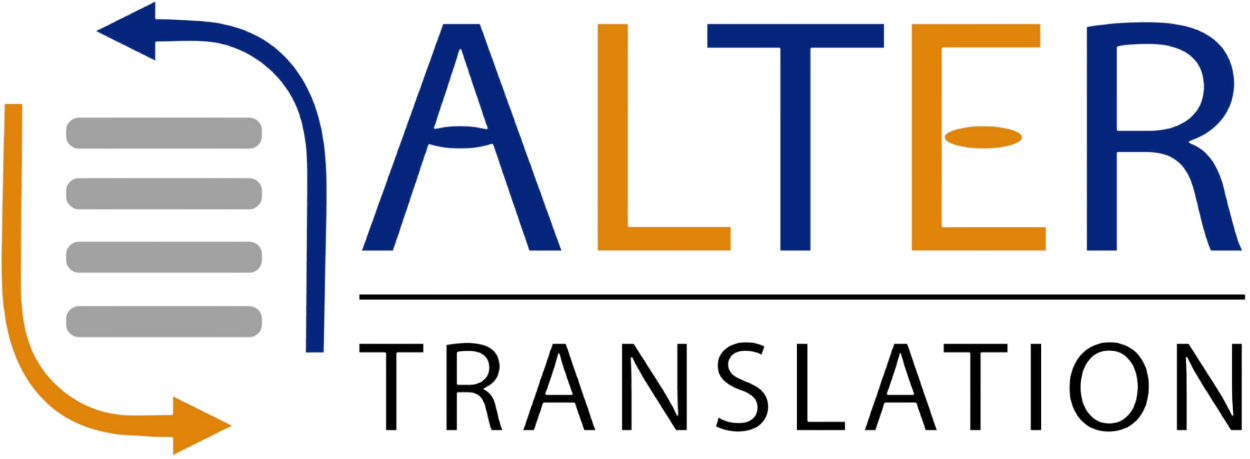The Essence of Accurate Interpretation
At its core, interpretation involves more than simply translating words from one language to another. It is a nuanced process that requires deep understanding, cultural sensitivity, and exceptional linguistic skills. Effective interpreters not only convey the literal meaning of the speaker’s words but also capture the nuances of their message, including:
Tone and Intonation
Maintaining the speaker’s original tone of voice, whether it be formal, informal, humorous, or serious, is crucial for conveying the intended message accurately.
Cultural Context
Interpreters must be mindful of the cultural context within which the speaker is communicating, ensuring that their interpretation reflects the underlying cultural nuances and avoids unintended misinterpretations.
Idioms and Figurative Language
Accurately conveying idioms, metaphors, and other forms of figurative language can be challenging. Interpreters must possess a deep understanding of both the source and target languages to effectively convey the intended meaning.
Emotional Connotations
Interpreting emotions accurately is essential for effective communication. Interpreters must be able to convey the speaker’s emotions, such as excitement, frustration, or humor, to the audience.
The Two Primary Modes of Interpretation: Simultaneous and Consecutive
Simultaneous Interpretation
This mode of interpretation is arguably the most challenging. Interpreters listen to the speaker in their original language through headphones while simultaneously speaking the translation into the target language through a microphone. This requires exceptional concentration, mental agility, and the ability to anticipate the speaker’s next words. At a United Nations summit, interpreters in soundproof booths listen to speeches in various languages and provide real-time translations to delegates using headphones.
Consecutive Interpretation
In this mode, the speaker delivers their message in segments, typically a few sentences at a time. The interpreter then pauses to accurately translate the message into the target language. This method allows for a slightly slower pace and may be preferred for complex or highly technical presentations. During a bilateral meeting between heads of state, an interpreter may listen to a few sentences from one leader, then translate them for the other leader, and vice versa.
The Unique Challenges Faced by Interpreters
The role of an interpreter is demanding and multifaceted. Some of the key challenges they face include:
Maintaining Accuracy and Fluency
Balancing speed and accuracy is a constant challenge. Interpreters must convey the message accurately and fluently while maintaining the natural flow of the speaker’s speech.
Handling Technical Jargon
Many international conferences deal with specialized topics, requiring interpreters to have a strong command of technical vocabulary in both the source and target languages.
Dealing with Ambiguity and Imprecision
Speakers may sometimes use ambiguous language or make imprecise statements. Interpreters must be able to clarify the intended meaning while remaining faithful to the speaker’s words.
Managing Fatigue and Stress
Interpreting is mentally and physically demanding. Interpreters often work long hours under pressure, requiring significant mental and emotional stamina.
The Benefits of Effective Interpretation: Fostering Global Understanding and Collaboration
The benefits of accurate and effective interpretation in international conferences are numerous:
Enhanced Communication
Interpretation breaks down language barriers, enabling participants from diverse linguistic backgrounds to understand each other clearly and effectively.
Improved Collaboration
Clear communication fosters trust and collaboration among participants, leading to more productive discussions and outcomes.
Increased Access to Information
Interpretation ensures that all participants, regardless of their linguistic background, have equal access to the information presented at the conference.
Fostering Cultural Understanding
By bridging linguistic and cultural divides, interpretation promotes mutual respect and understanding among people from different cultures.
The Future of Interpretation: Technology and Innovation
Technological advancements are continuously transforming the field of interpretation. New technologies, such as machine translation and speech recognition software, are being developed to assist interpreters and improve the efficiency and accuracy of interpretation services.
However, it is important to recognize that while technology can be a valuable tool, it cannot fully replace the human element of interpretation. The nuanced understanding of human communication, cultural sensitivity, and the ability to adapt to unexpected situations remain essential skills that only human interpreters can provide.
Conclusion
In conclusion, interpretation plays a vital role in the success of international conferences. By bridging linguistic and cultural divides, interpreters facilitate effective communication, collaboration, and understanding among participants from around the world. As our world becomes increasingly interconnected, the importance of skilled and experienced interpreters will only continue to grow.

